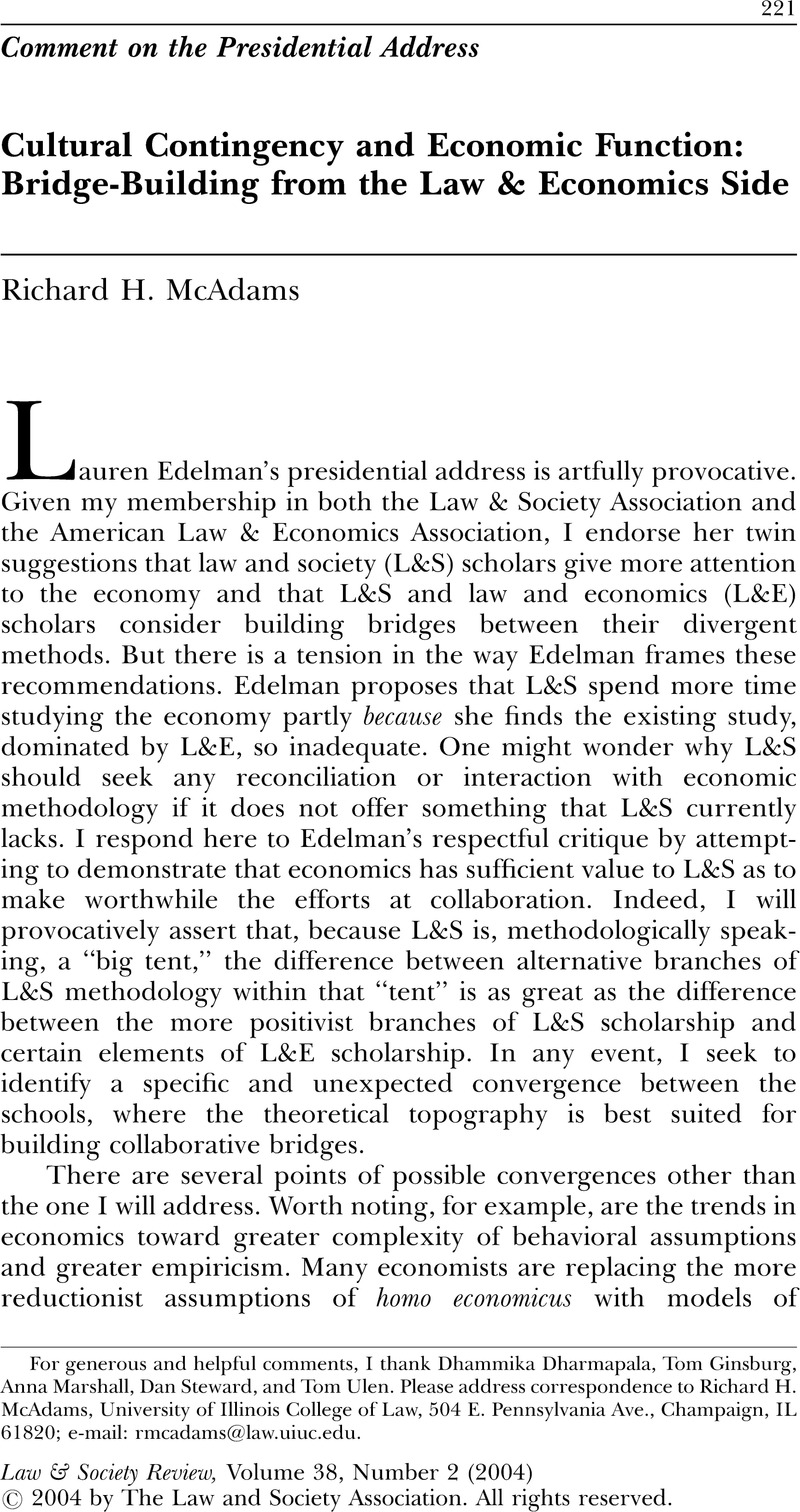Crossref Citations
This article has been cited by the following publications. This list is generated based on data provided by Crossref.
De Coninck, Julie
and
Du Laing, Bart
2009.
Comparative Law, Behavioural Economics and Contemporary Evolutionary Functionalism.
SSRN Electronic Journal,





